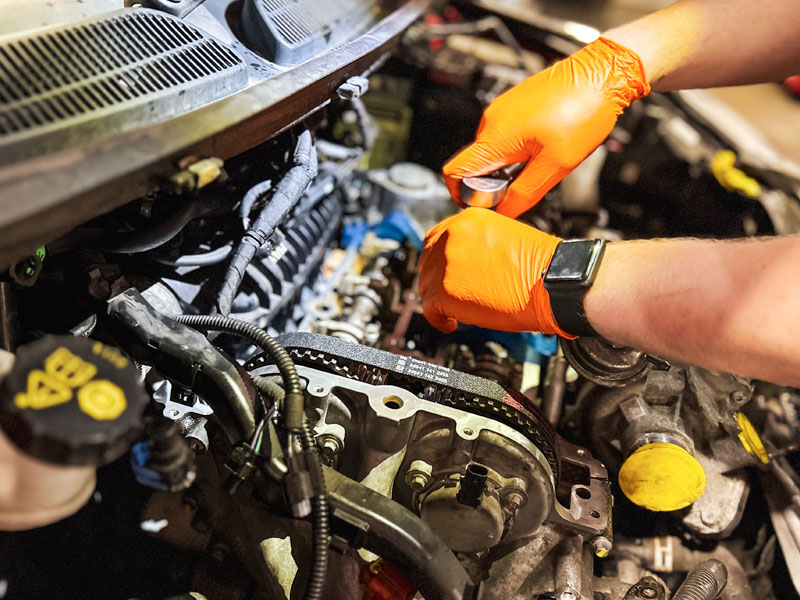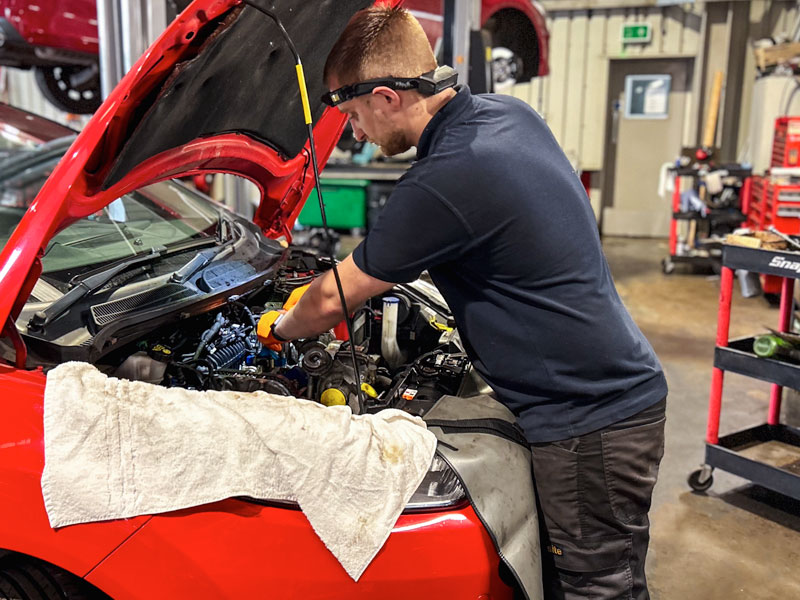Sending request...
Your request has been sent.
Please complete the form below:
Sending request...
Your request has been sent.
Please complete the form below:

A wet belt, also known as a wet timing belt, is an essential component found in many modern engines. Unlike traditional timing belts that are exposed to the environment, the wet belt operates inside the engine, submerged in engine oil.
This design helps to reduce friction, improve efficiency, and extend the life of the belt. The wet belt synchronizes the rotation of the crankshaft and camshaft, ensuring that the engine's valves open and close at the proper intervals for optimal performance.
There are a range of reasons why manufacturers may choose to use a wet timing belt. These may include the following:
• Up to 30% reduction in friction losses
• Increase fuel economy by 1% and a reduction in CO2 emissions
• Produce less noise when compared to a chain drive
While the wet belt system offers several advantages, it is not without its potential problems. As an independent vehicle specialist, we have seen and repaired a wide range of issues related to the wet belt. Commonly, impurities in the engine oil such as soot particles and oil debris can cause parts of the belt to become detached and restrict the oil pump pick up strainer & oil galleries in the engine, resulting in engine damage.
Below are some of the most common problems with wet timing belts, in a little more detail:



At Dack, we specialise in diagnosing and fixing issues with wet belt systems. Here is how we approach common wet belt problems:
Regular inspections are crucial for catching early signs of wet belt wear or damage. We recommend having your wet belt inspected during routine oil changes or at specific mileage intervals as recommended by the manufacture
Keeping your engine oil clean is vital for the longevity of the wet belt. We recommend regular oil and filter changes using the correct grade of oil specified by the vehicle manufacturer to prevent contamination and ensure proper lubrication - degraded lubricant will shorten the lifespan of the belt. Some manufacturers are now shorting wet belt replacement intervals due to wet belt failures occurring at lower mileages.
Shorten oil change intervals if the vehicle is used for driving short journeys, stop-start driving, or the engine is left idling for extended periods.
If we detect significant wear or damage, replacing the wet belt is essential to prevent catastrophic engine failure. We use high-quality, OEM (Original Equipment Manufacturer) wet belts to ensure long-lasting performance.
Alongside the wet belt, we also inspect and replace any worn or damaged tensioners and pulleys. This ensures that the new belt operates under optimal tension, reducing the risk of future problems.
If oil leaks are detected, we will replace the faulty seals and gaskets to prevent further damage to the wet belt and ensure your engine is properly lubricated.
Dack Motor Group Lincoln
Lincoln Fields Business Park
Whisby Road
Lincoln
LN6 3QW
01522 535840